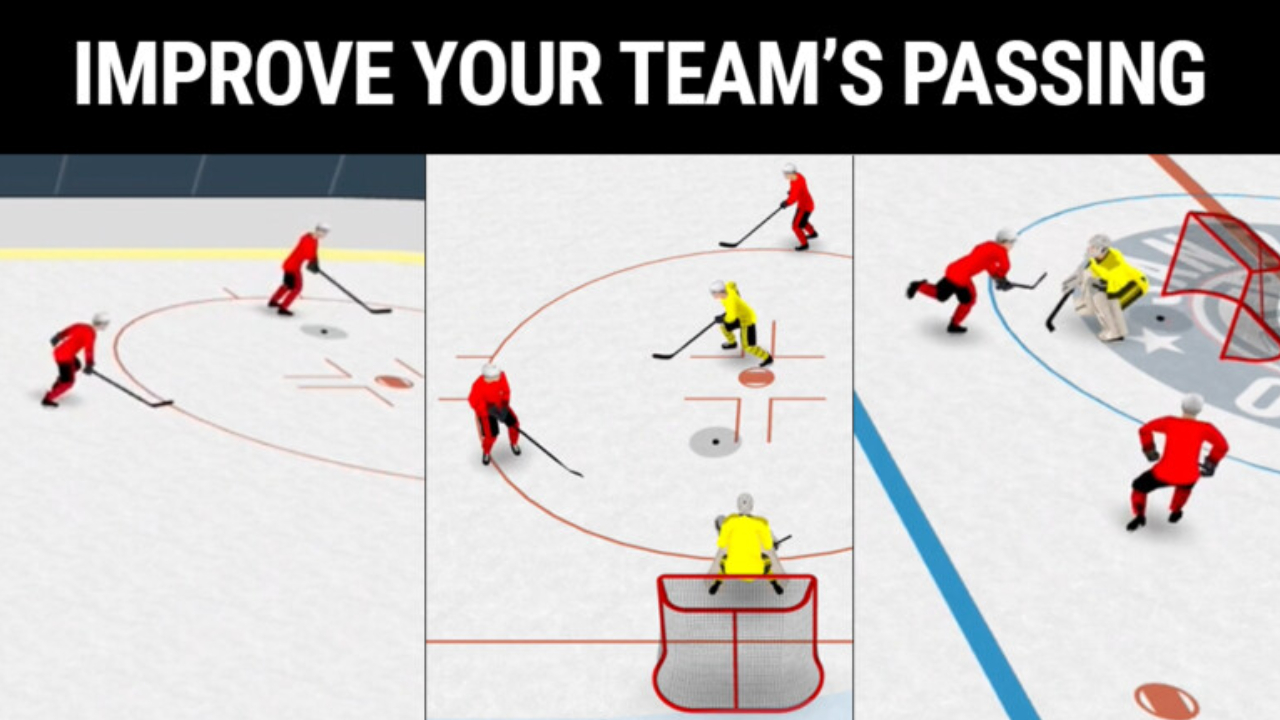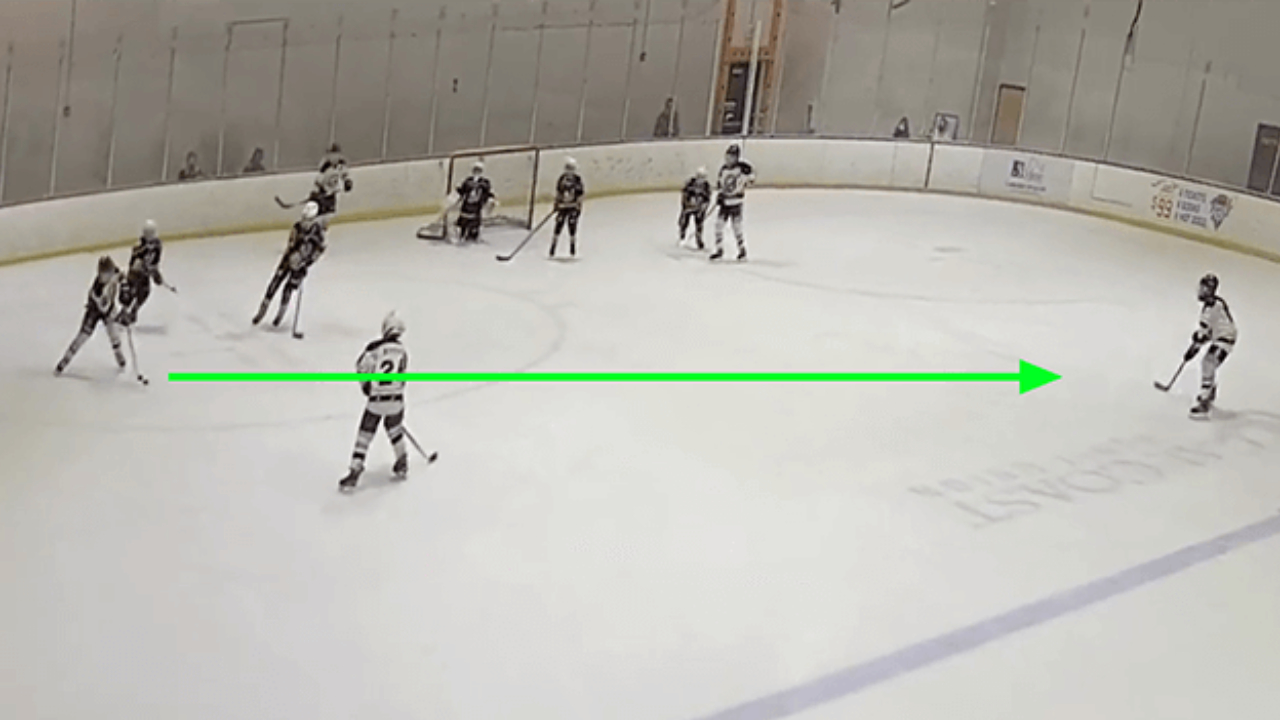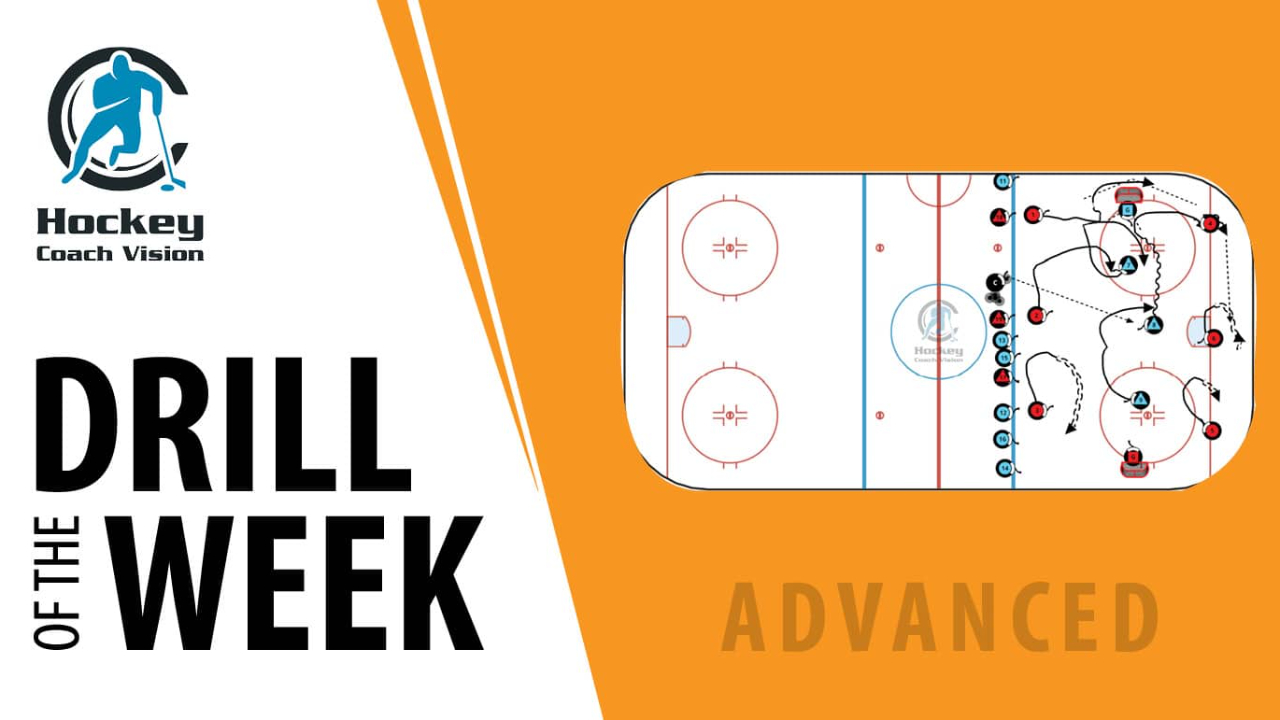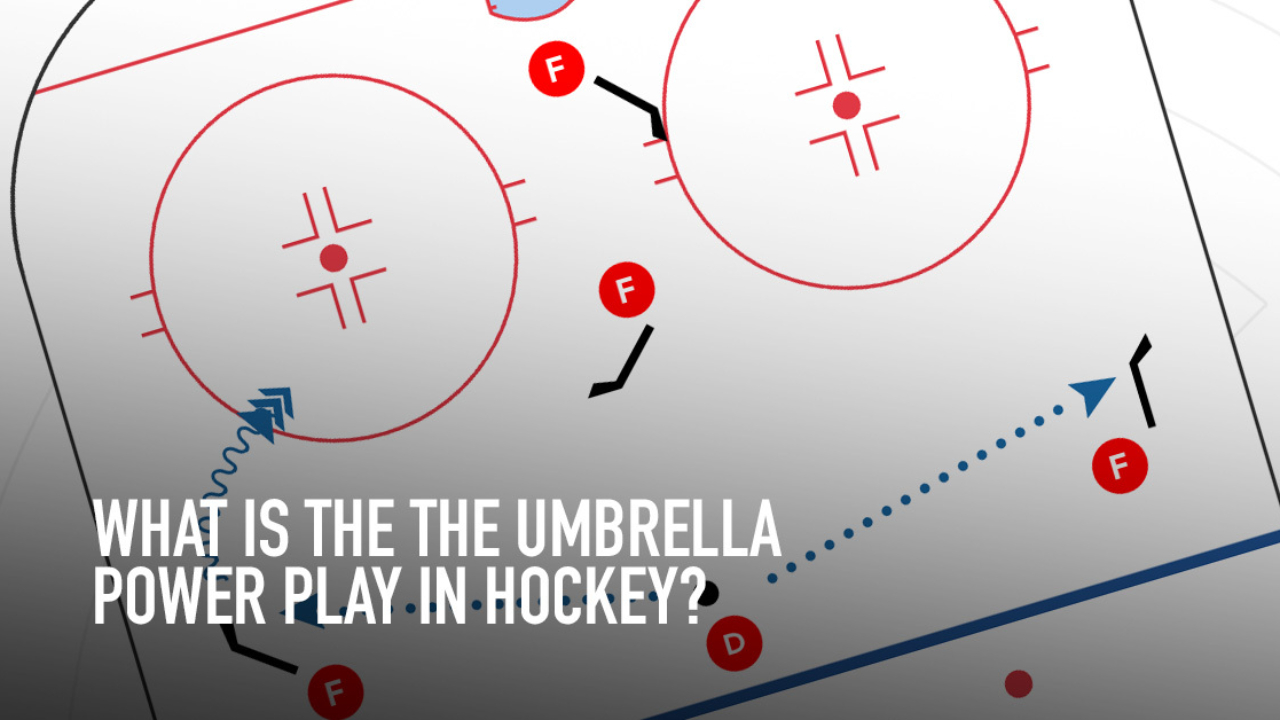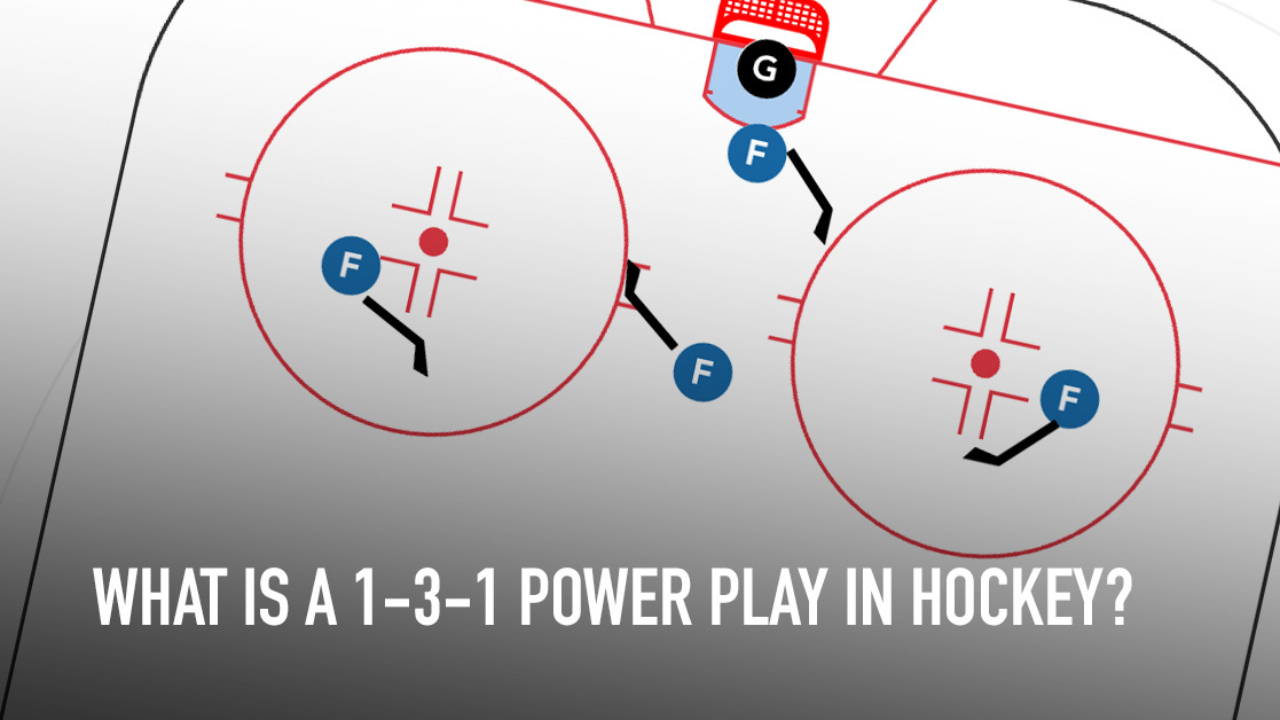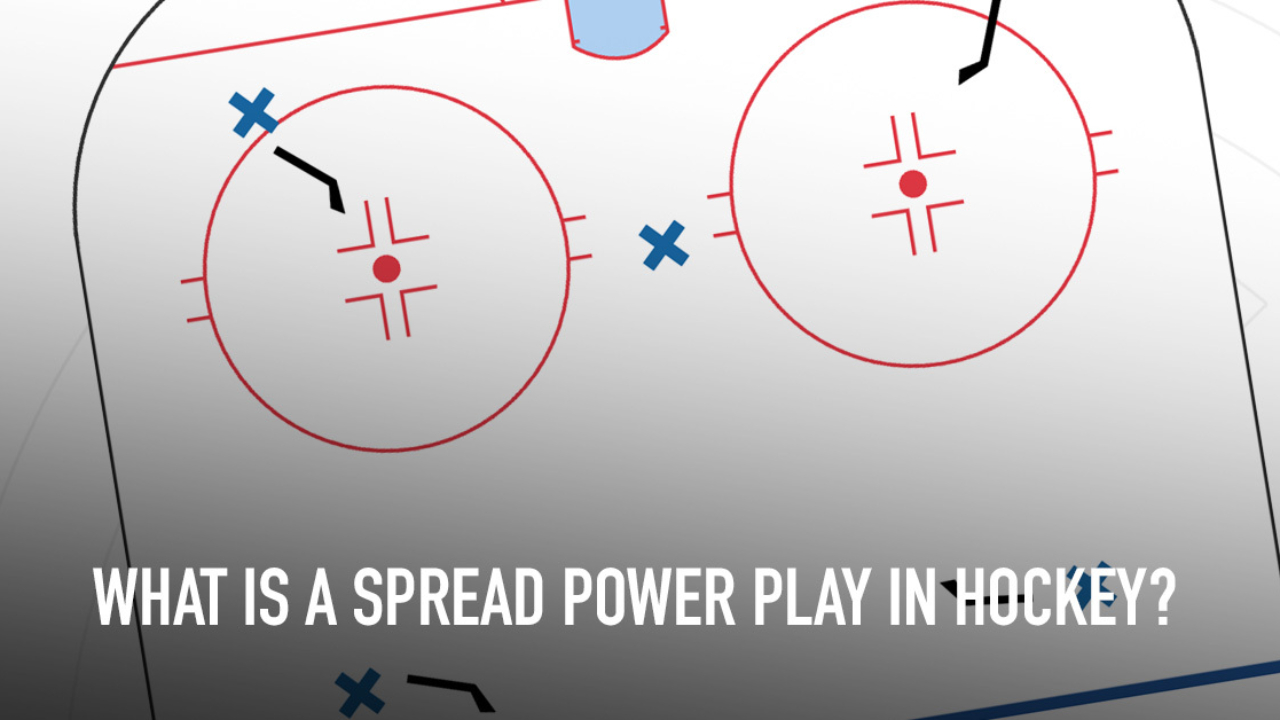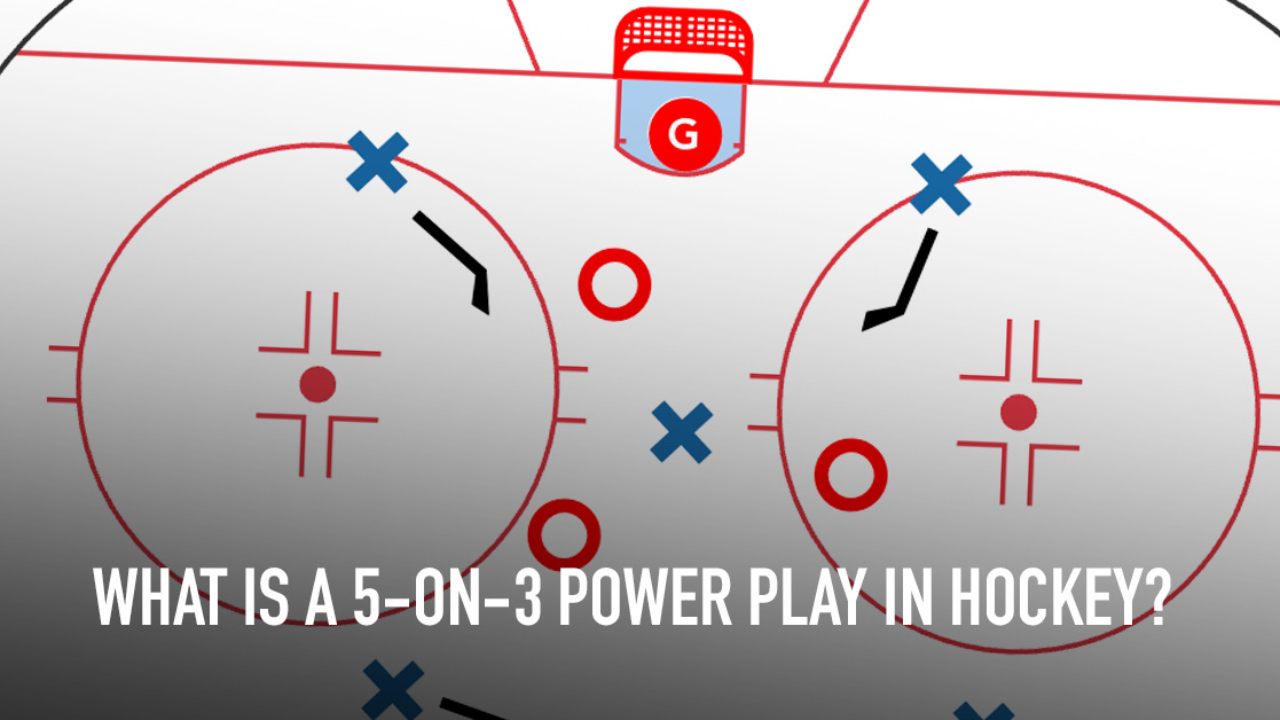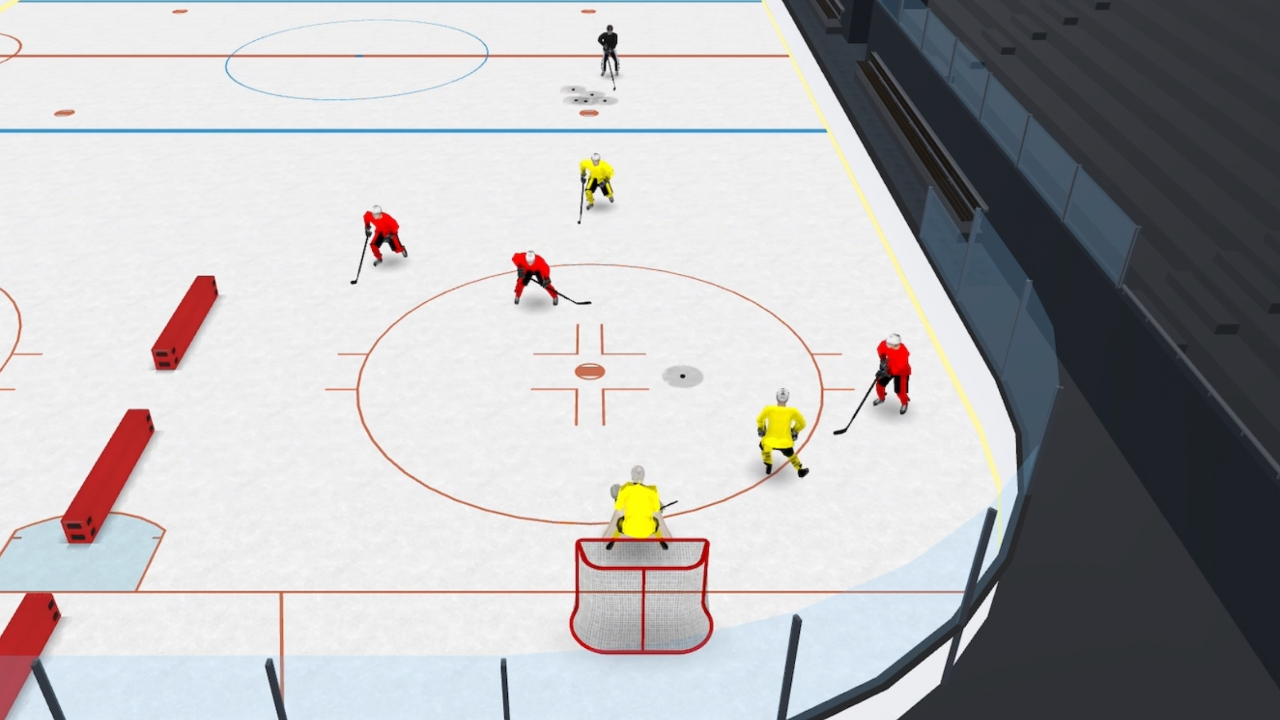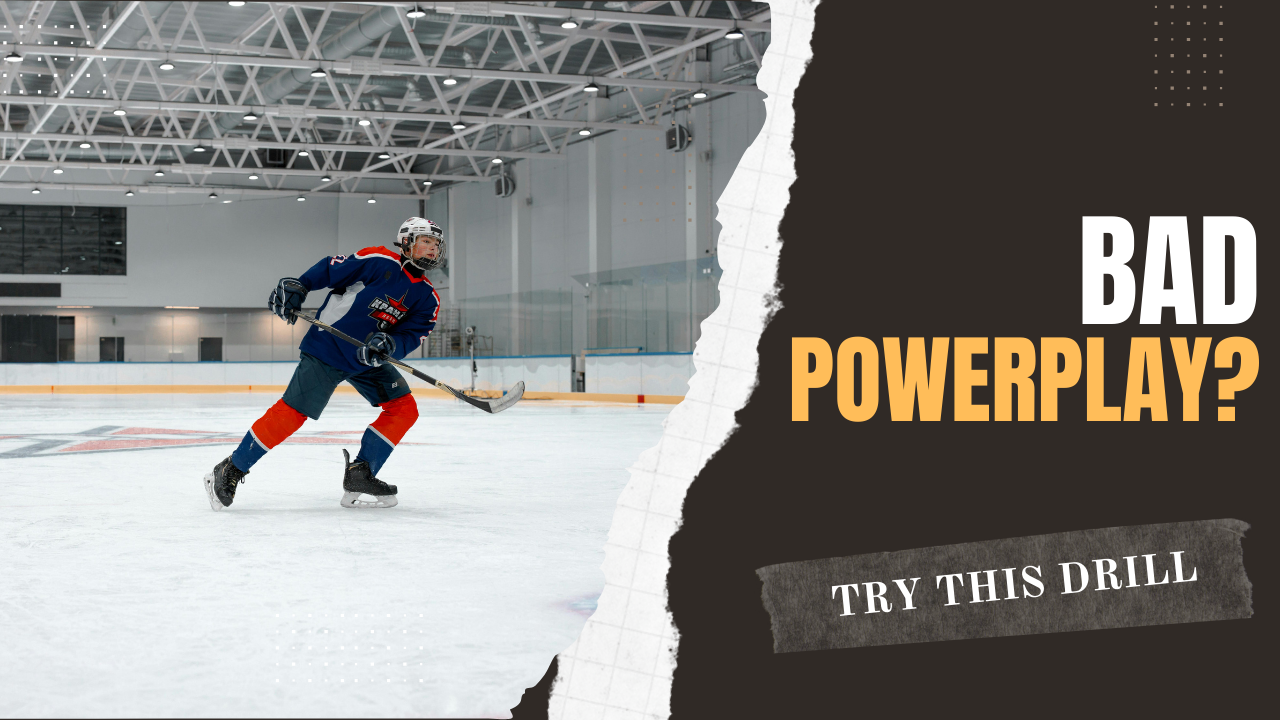
The power play is one of hockey’s greatest opportunities—a chance to seize control, come back, or secure a win. With the man advantage, the odds are stacked in your favor. But too often, power plays fall flat.
When a power play fails, the ripple effect is significant. The penalty-killing team gains a massive momentum boost, while your team loses valuable confidence. So, what’s the problem?
In my experience, the answer is often simple: passing.
Players on the power play can become overconfident. They rely too heavily on individual effort, abandoning the puck movement and teamwork that makes a power play effective. But there’s a straightforward drill I’ve used with every team I’ve coached that consistently improves power-play performance.
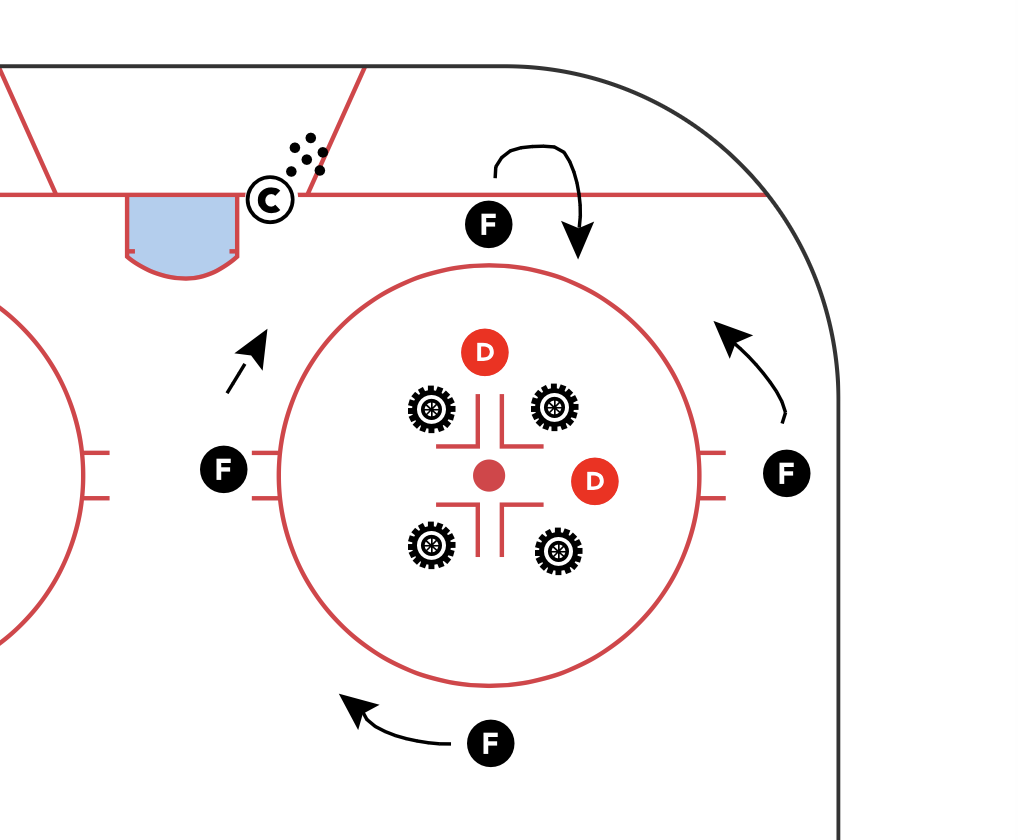
The Tire Passing Drill
This drill focuses on quick puck movement and exploiting defensive gaps, the backbone of a successful power play.
Setup:
1. Place four tires around the faceoff area in the offensive zone.
2. Position two defenders inside the circle. They must stay within the circle throughout the drill.
3. Place four forwards outside the circle. They cannot enter the circle but can move freely around it.
Objective:
• Forwards: Score points by passing the puck through the tires to a teammate.
• Defenders: Score points by intercepting passes.
Key Focus:
Encourage constant movement from everyone. Forwards should move quickly and make sharp, accurate passes to keep the defenders off balance. The defenders, meanwhile, must stay disciplined and adapt to the puck’s movement.
Why This Works
This drill replicates the dynamics of a power play. By moving the puck swiftly and decisively, forwards force defenders out of position, opening up lanes for high-quality scoring chances. It reinforces the importance of:
• Puck movement: Quick, smart passes are critical to creating opportunities.
• Positioning: Forwards learn to stay mobile and read the defense.
• Defensive pressure: Defenders sharpen their skills by challenging puck carriers and anticipating passes.
When executed properly, this drill demonstrates the essence of an effective power play: move the puck, pull defenders out of their structure, and create scoring chances.
Mastering the power play doesn’t require complicated systems. It requires understanding how to exploit the man advantage—and this drill is a great way to start.

